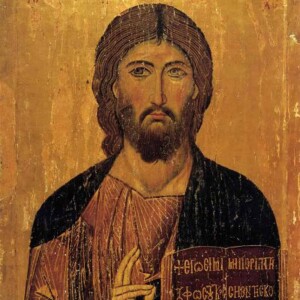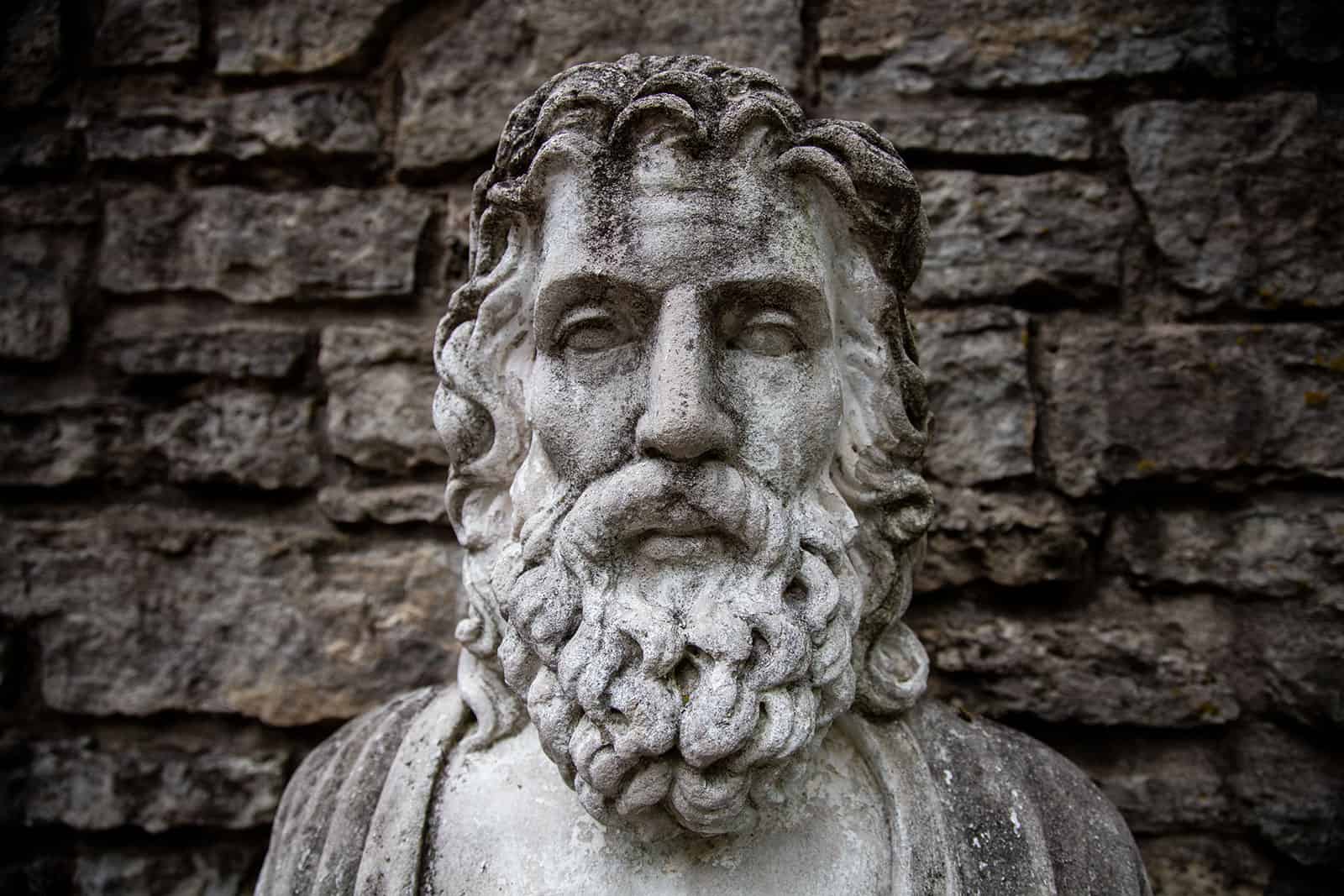
The History of the Christian Church
Religion & Spirituality:Christianity

In this episode, we’ll take a brief look at what came to be called Spiritualism.Coming out of the 16th C, the, what seemed to many at the time,
view more
- endless debates on doctrine and dogma,
- the intolerance of Christians toward one another,
- and the lack of any apparent movement toward resolving the mess,
More Episodes
39-Papas
 2020-10-21
2020-10-21
 2020-10-21
2020-10-21
38-Bárbaros a las puertas
 2020-10-21
2020-10-21
 2020-10-21
2020-10-21
37-Patricio
 2020-09-30
2020-09-30
 2020-09-30
2020-09-30
36-Y Esos Pies
 2020-09-30
2020-09-30
 2020-09-30
2020-09-30
35-Primer Resumen
 2020-09-30
2020-09-30
 2020-09-30
2020-09-30
34-La Gran Recesion
 2020-09-30
2020-09-30
 2020-09-30
2020-09-30
33-Monjes
 2020-09-30
2020-09-30
 2020-09-30
2020-09-30
32-Augustin Parte 2
 2020-09-30
2020-09-30
 2020-09-30
2020-09-30
31-Augustin Parte 1
 2020-09-30
2020-09-30
 2020-09-30
2020-09-30
30-Ambrosio
 2020-09-10
2020-09-10
 2020-09-10
2020-09-10
29-Sincretismo
 2020-09-06
2020-09-06
 2020-09-06
2020-09-06
28-Como dice Justiniano
 2020-09-06
2020-09-06
 2020-09-06
2020-09-06
27-Ortodoxia, con un sabor Oriental
 2020-09-06
2020-09-06
 2020-09-06
2020-09-06
26-Y en el Oriente parte 2
 2020-08-27
2020-08-27
 2020-08-27
2020-08-27
25-Y en el Oriente parte 1
 2020-08-27
2020-08-27
 2020-08-27
2020-08-27
24-¿Porque no podemos llevarnos bien?
 2020-08-20
2020-08-20
 2020-08-20
2020-08-20
23-Y ustedes ¿Quién dicen que es El?
 2020-08-20
2020-08-20
 2020-08-20
2020-08-20
22 Leo
 2019-11-06
2019-11-06
 2019-11-06
2019-11-06
21 El Nuevo Centro
 2019-11-06
2019-11-06
 2019-11-06
2019-11-06
20 Lengua de Oro
 2019-11-06
2019-11-06
 2019-11-06
2019-11-06
012345678910111213141516171819
Create your
podcast in
minutes
- Full-featured podcast site
- Unlimited storage and bandwidth
- Comprehensive podcast stats
- Distribute to Apple Podcasts, Spotify, and more
- Make money with your podcast
It is Free
- Privacy Policy
- Cookie Policy
- Terms of Use
- Consent Preferences
- Copyright © 2015-2024 Podbean.com



